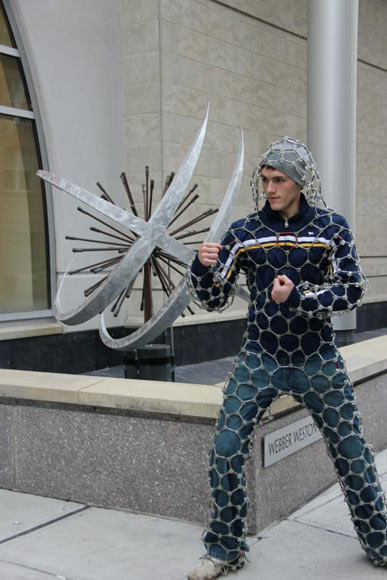Matthew Rissler was doing some research on flying cars when he stumbled upon a new model for building prototypes of new technologies from artificial limbs to robots to structures that could be built in space. The inter-nodal connector architecture system, called INCA for short, includes elements such as nodes, springs and wires.
“It's too big for any one person to be able to develop all its applications,” says Rissler, a senior at Harrisburg University of Science and Technology. “If you can build it on this scale, we can build it on another scale.”
His ultimate goal is to design and build a ring-like structure in which he could travel to Mars by 2030. The INCA system could be used to design the vessel and a base that would be built on the Red Planet, he says.
As for the present, Rissler came up with the idea for a contest to challenge students to see what they could build with an INCA kit. Groups of high school students from across the country presented their creations at Harrisburg University last June. Their ideas included a set of artificial lungs and a dome-like field hospital.
The latest version of the contest, called the INCAnaut Challenge, is open to high school teams, college students, teachers and businesses. Teams get four months with an INCA kit to model their ideas. The plan is for these models to be presented in Harrisburg at some point this fall. The winning teams will receive assistance in turning their models into real objects.
Source: Matthew Rissler, Harrisburg University
Writer: Rebecca VanderMeulen

